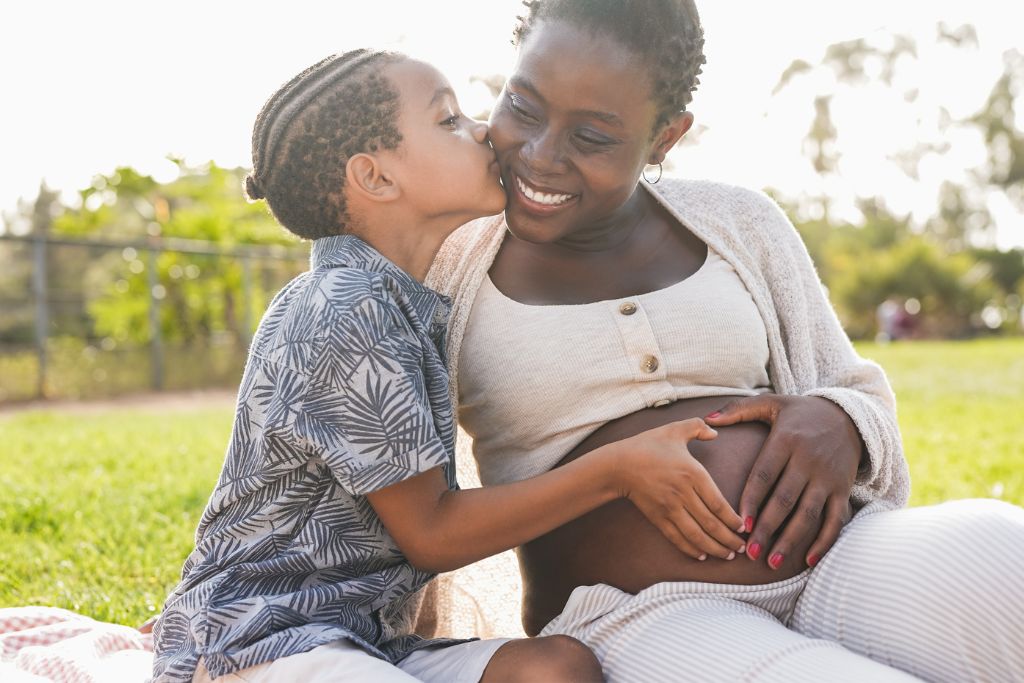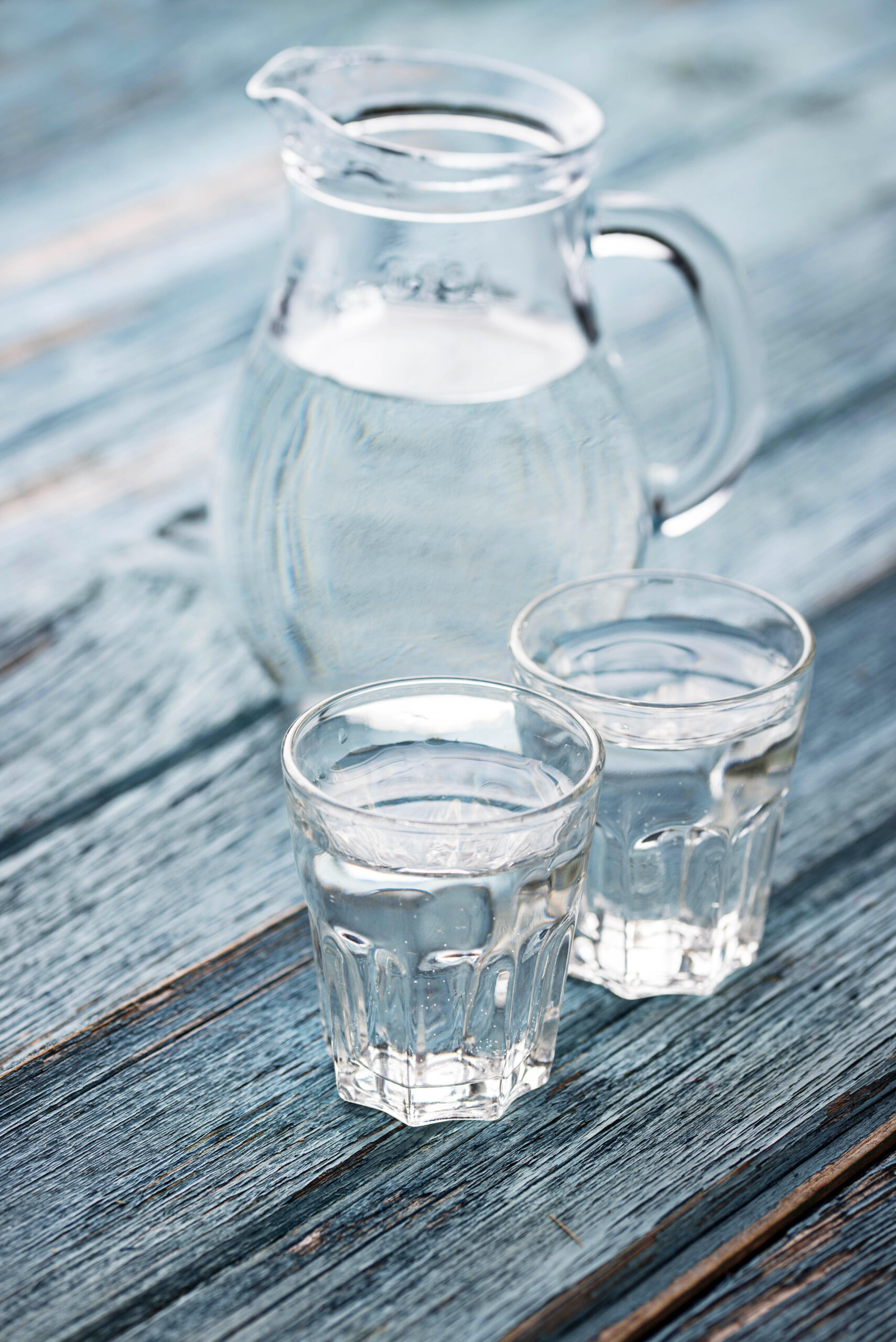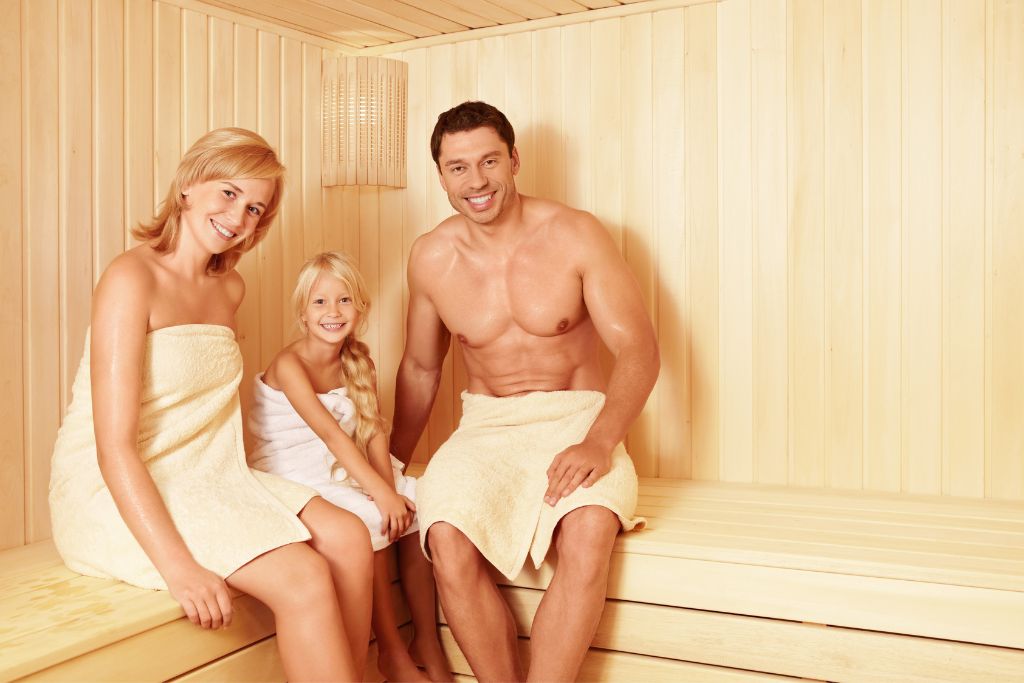In many parts of the world, such as Finland, the entire family saunas together. If you are considering incorporating sauna therapy for your whole family, there are a few precautions that ought to be taken into consideration before engaging in this type of health modality.
If you are unsure about how safe sauning bathing may be for any individuals or groups of individuals it is always advisable to consult a medical professional prior to engaging in sauna therapy.
What Special Considerations Do Children Need Before Embarking On A Sauna Session?
Children may benefit from sauna bathing under the supervision of their parents, guardians, or trusted adults, however, it is necessary to understand that children are not fully developed adults and must proceed with sauna bathing with some added considerations.
In many cultures around the world, children are invited to enjoy the fruits of the benefits of sauna bathing. They are invited into the traditional Finnish saunas regularly, and encouraged to partake in the post-sauna cold plunge.
According to Dr. Rhonda Patrick:
“Children have less efficient thermoregulatory mechanisms than adults due to differences in their anatomy and physiology. In particular, they have lower sweat rates than adults, which can compromise their ability to dissipate body heat through evaporation.” (1)
The basic premise of any sauna therapy device whether it be a traditional sauna, a steam room, or an infrared sauna, is to raise your core body temperature. By elevating the core temperature of the body, the cardiovascular system is stimulated, and eventually, the body begins to cool itself down through the sweat response.
Without the ability to sweat profusely, the internal temperature of the body can reach dangerously high levels. This means that ‘how’ the children in your life sauna will be very important to keep them safe.

Consider the type of sauna you will be using: Is it an infrared sauna or a traditional sauna? What is the maximum temperature of the sauna, and how long does it take it to reach that level? How long should a young person reasonably be in the sauna?
For example: While an adult can safely sauna for twenty minutes in a traditional sauna at high heats, a child would do best to limit the time to under ten minutes, and of course, be monitored closely by a responsible adult.
Basic Protocol For A Child To Follow When Engaging In Sauna Therapy:
- Type of Sauna (Heat Source: Infrared Light or Convection Heat [traditional sauna]) – an infrared sauna is going to provide a different type of heat than a traditional sauna
- Time Spent In The Sauna – experts recommend ‘slow and low’ for children
- Temperature of the Sauna – again, keep the temperature low enough so that your child is not sweating excessively
- Electrolytes and Hydration – making sure that your child is properly hydrated is a key pillar for safet
- Supervised at All Times – never, EVER allow your child to use the sauna alone under any circumstances
There is a litany of substantial and reputable data that suggests that sauna bathing can improve overall health, longevity, as well as quality of life. Both the history of sauna use as well as a plethora of modern scientific studies demonstrate the enormous benefits of regular sauna bathing. This means that many individuals will want their children to benefit from the use of heat therapy.
Traditional Saunas Or Infrared Saunas For Children:
Saunas come in different shapes and styles, but more importantly, are heated using very different methods. Traditional saunas rely on convection heat from (typically) an electric stove that can skyrocket the heat to 200+ degrees Fahrenheit in some units.
This high heat is sometimes necessary to elevate the internal body temperature to experience the maximum benefits of hormesis in adults. While it is possible to elevate the temperature to extreme heats, it is not necessary and can be dangerous for children. So, if you are choosing to use a traditional sauna for your child, drop the heat down.
In addition to lowering the temperature within the cabin structure of the sauna, you should limit the time spent in the sauna for children. This can be done most effectively with intervals. For example: Allow your child to spend a couple of minutes inside the sauna, then step out for a break and enter again, or conversely limit the time spent up to 10 minutes. (2)
Conversely you may be choosing to use an infrared sauna in which case the safe parameters for a child to participate are slightly different than with a traditional sauna.
If you are using an infrared sauna, the safe parameters for a child to participate are slightly different than with a traditional sauna.
Infrared saunas use the radiant heat of light, so the quality of the heat is quite different from that of a traditional sauna. In fact, it would be better to consider an infrared sauna as a ‘light bath’. Infrared light abides within the light spectrum just on the other side of the visible color red, however is invisible to the human eye. (3)
Infrared light is penetrative, and is experienced as heat. This means that the temperature of the atmosphere in the sauna must be kept much lower than that of the traditional sauna in order to heat the internal body temperature. Meaning measuring the air in the infrared sauna will not give a true testament of how hot the body is actually getting. Even for adults setting the infrared sauna temperature to 150 degrees Fahrenheit is plenty warm enough to induce intensive sweating.
Infrared light has a very special healing effect on the human body with appropriate doses which means that it is possible to benefit in a myriad of ways by just being present under the effects of the light. The temperature can be set to 100 degrees Fahrenheit, and still have positive effects on the human body.
As infrared light is able to penetrate into the soft tissues of the human body, one must take special precautions when inviting a child into this type of environment. The temperature should be set very low (your child will still benefit from the light itself), however may stay in the sauna for longer time periods than with the traditional sauna.
Furthermore, chromotherapy (visible color light) is incorporated into most modern infrared saunas so your child may benefit from the stream of this portion of the light spectrum to positively affect neurological function as well as healing of the skin (4).
Spend some time educating your child on the benefits of sauna therapy as well as the importance of approaching a sauna with extreme care. A child must always be supervised by a responsible adult, and it is always best to consult with a pediatrician before beginning a sauna therapy program.
Hydration and Electrolytes
Both children and adults engaging in sauna therapy must always take precautions to stay well hydrated and refuel electrolytes. Even if your child does not appear to be sweating profusely they still need to maintain positive hydration as their ability to sweat based on anatomical development is different.

According to Dr. Rhonda Patrick this is the best way to stay well hydrated for both adults and children who are using saunas:
“Proper hydration and electrolyte balance are critical to maintain the body’s fluid balance and to promote normal muscle contractility and nerve function. As described above, the average person loses approximately 0.5 kg of fluid as sweat during a single sauna session. Sweat rates vary between individuals and even between sessions, however, and some people may lose considerably more. Accompanying the fluid losses are losses of electrolytes, especially sodium, chloride, potassium, magnesium, and calcium. Skeletal muscle cramps and fatigue are associated with dehydration and electrolyte deficits.
Sauna users should take care to drink sufficient fluids prior to and after sauna sessions and should consume electrolyte-rich foods post-sauna use, such as cooked spinach, avocado, tomatoes, fish, nuts, and seeds.” (1)
Be cognizant of your child’s food and beverage intake before, during, and after all sauna sessions.
*** This ought to be apparent, however it should be stated that alcohol and saunas never go well together. Furthermore, never use alcohol while caring for a child whether it is in a hot tub, or a sauna. Always consult a pediatrician before allowing your child to use a sauna. ***
Adolescents and Sauna Bathing
As your child develops into their teenage years so does their ability to self regulate internal body temperature through sweating. As your teen develops you may increase both the time and temperature of the sauna.
It is impossible to be alive on the planet today and not be carrying toxins within the body, so as your child ages it may become more desirable for their health to begin to spend more regular time in the sauna.
If your teen is involved in sports, saunas may have excellent benefits to muscle recovery as well as improving the overall health of the joints and connective tissues.
Hydration, supervision, and the consultation of a pediatrician remains important even for adolescents participating in sauna therapy.
Saunas Can Be For The Whole Family When Proper Precautions Are Taken As It Concerns The Well Being of A Child
It can be wonderful for the whole family to sauna together as they do in places such as Finland, and other cultures across the globe. With a few special considerations and a modified protocol, children can safely use the sauna with adult supervision.
Always be mindful of the method of heat used in your sauna, stay well hydrated, keep the temperature low, limit the time your child spends in the sauna, and of course, always consult a medical professional before your child begins to use a sauna.
If your child is living with an ongoing illness or any condition, sauna therapy may not be suitable. As the supervising adult of a child using a sauna, it is your responsibility to make sure that they do so safely.
Sources Cited
- https://www.foundmyfitness.com/topics/sauna#pregnant-women
- Gomes, Luis Henrique L. S., Miguel Araújo Carneiro-Júnior, and João Carlos B. Marins. Respostas termorregulatórias de crianças no exercício em ambiente de calor Revista Paulista de Pediatria 31, no. 1 (March 2013): 104–10. doi:10.1590/s0103-05822013000100017.
- https://www.livescience.com/50260-infrared-radiation.html
- https://www.ncbi.nlm.nih.gov/pmc/articles/PMC1297510/
Sawka, Michael N, and Scott J Montain. Fluid and electrolyte supplementation for exercise heat stress The American Journal of Clinical Nutrition 72, no. 2 (August 2000): 564S–572S. doi:10.1093/ajcn/72.2.564s.


